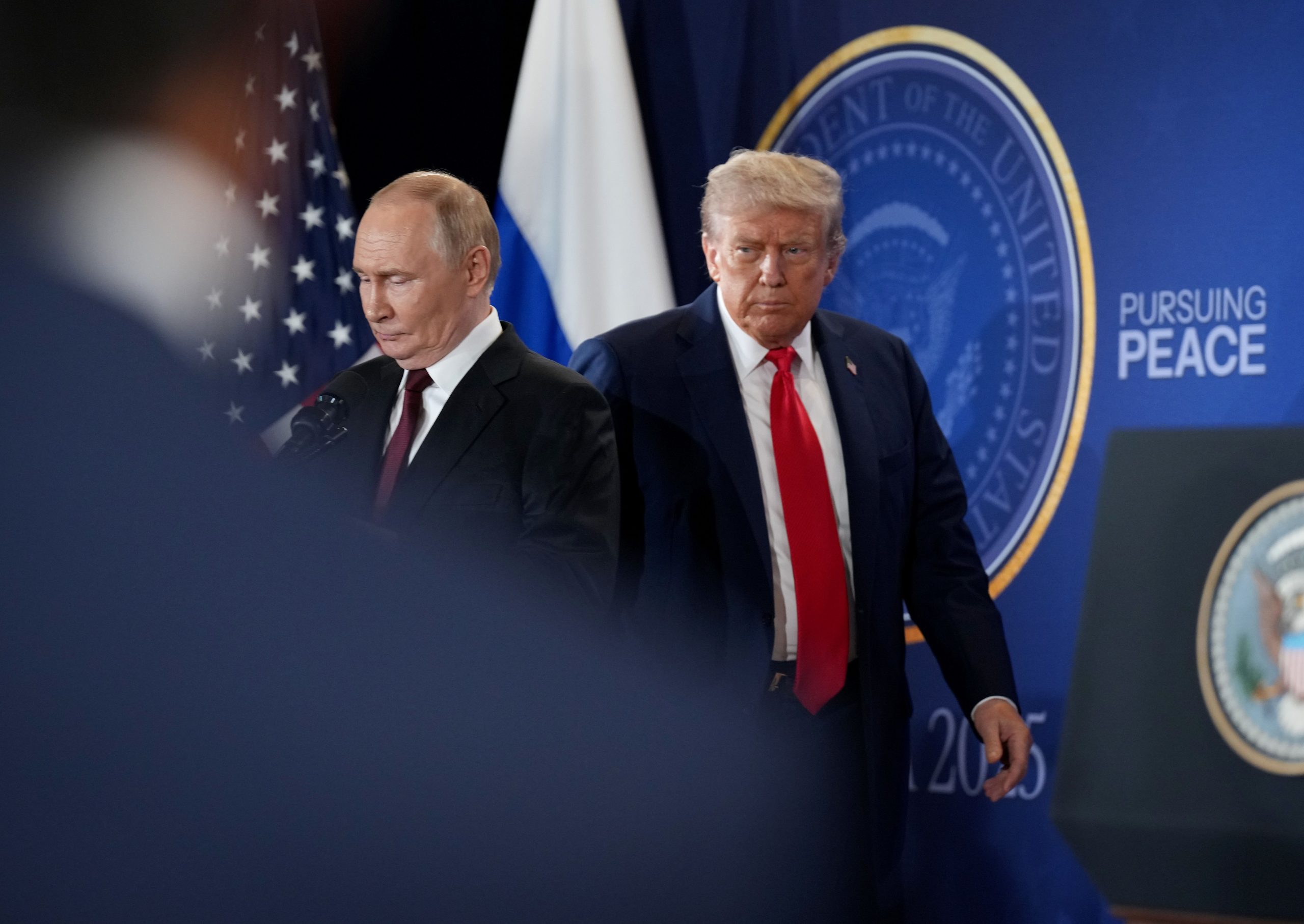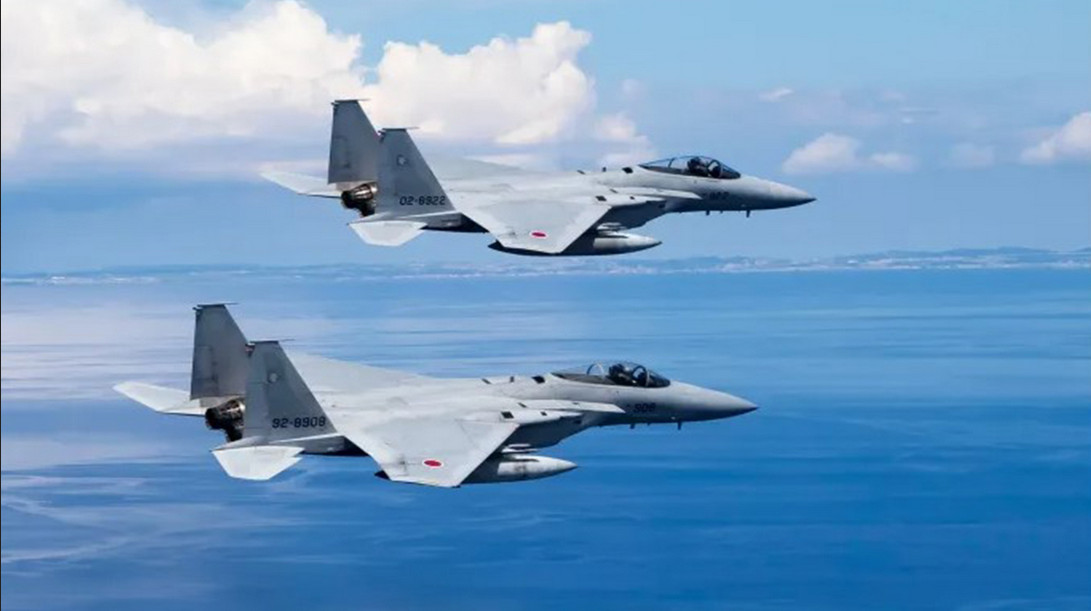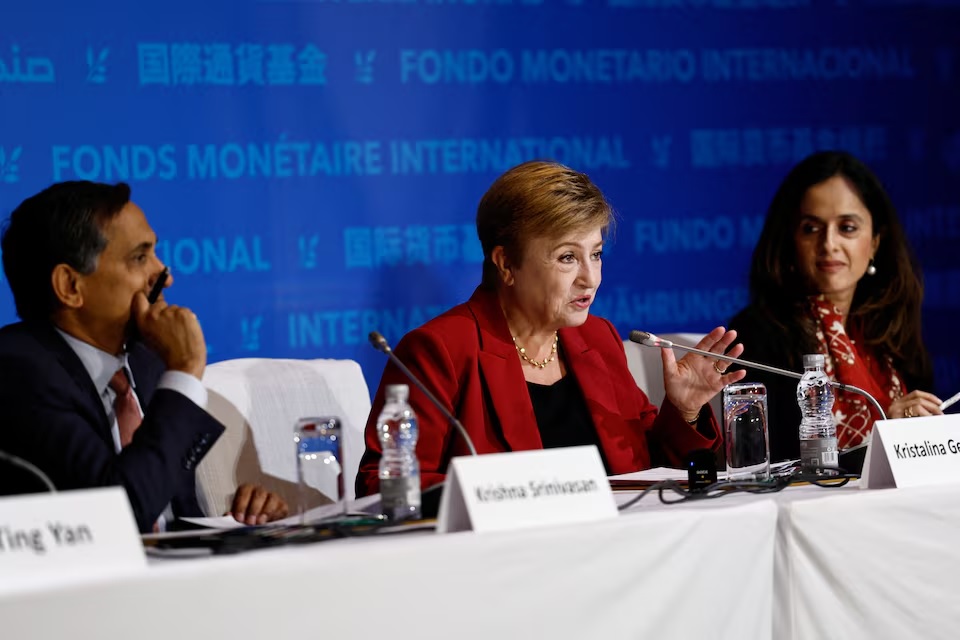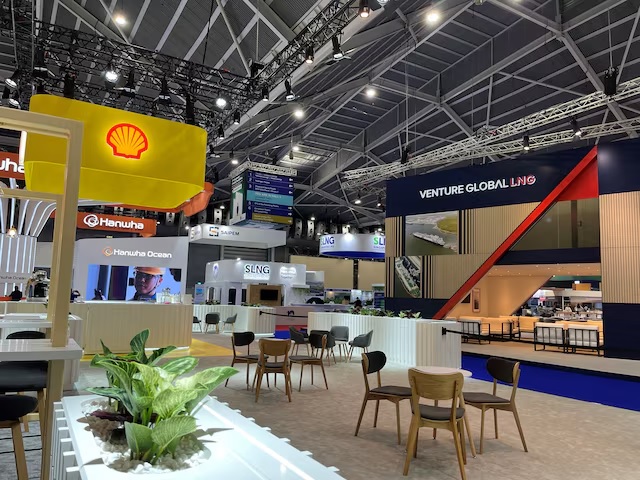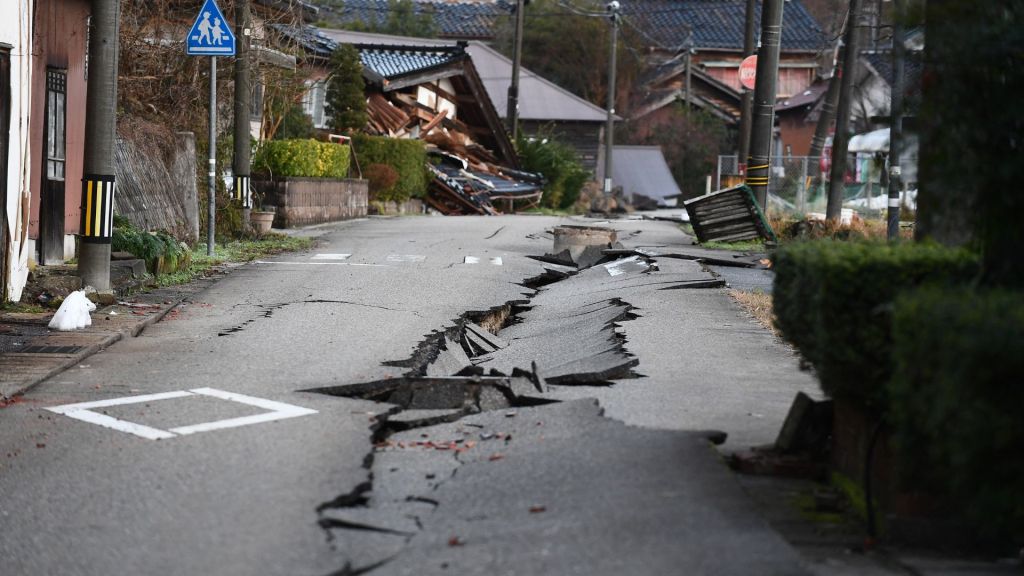WHO chief and UN team caught up in Israeli strikes that killed six in Yemen

South Korean opposition submits motion to impeach the country’s acting president as strife deepens
AP News,

South Korea’s main opposition party has submitted a motion to impeach the acting president, Prime Minister Han Duck-soo, over his refusal to fill three vacancies in the Constitutional Court. This decision is seen as a political maneuver to block the court’s review of rebellion charges against impeached President Yoon Suk Yeol. The opposition-controlled National Assembly has also passed motions demanding the appointment of justices as the court prepares for deliberations on Yoon’s fate. The political deadlock threatens high-level diplomacy and rattles financial markets, with the opposition accusing Han of obstructing the court process to protect Yoon. This controversy could lead to significant political instability as the nation grapples with ongoing turmoil.
Aviation experts say Russia’s air defense fire likely caused Azerbaijan plane crash as nation mourns
AP News,

Aviation experts have speculated that Russian air defense fire was likely responsible for the crash of an Azerbaijan Airlines Embraer 190, which killed 38 people and injured 29 others in Kazakhstan. The flight was en route from Baku to Grozny when it was diverted to Aktau due to worsening weather conditions. Experts believe that the plane was struck by a surface-to-air missile (SAM), possibly launched by Russian defenses protecting Grozny from Ukrainian drone attacks. Azerbaijan has officially mourned the victims, with national flags at half-staff and a moment of silence across the country. Investigations continue as speculation grows over whether the crash was caused by military action.
WHO chief and UN team caught up in Israeli strikes that killed six in Yemen
CNN,

Israeli airstrikes targeted the Yemeni capital of Sanaa and the western city of Hodeidah, resulting in at least six deaths and numerous injuries. The attacks coincided with the departure of a high-level UN delegation, led by WHO Director-General Tedros Adhanom Ghebreyesus, from Sanaa International Airport. Fortunately, Tedros and his team were unharmed. The Houthis have vowed to retaliate, and Israel confirmed intercepting a missile launched from Yemen. The escalating violence continues to destabilize the region, with the UN delegation in Yemen focused on addressing the humanitarian situation and negotiating the release of detained personnel.
Finland boards oil tanker suspected of causing internet, power cable outages
Reuters,

Finnish authorities have seized a ship, the Eagle S, suspected of damaging key undersea power and telecom cables between Finland and Estonia. The vessel, believed to belong to Russia’s shadow fleet, was boarded by the Finnish Coast Guard in the Baltic Sea after an anchor from the tanker was thought to have caused the outages. Finland is investigating the potential sabotage, and the EU condemned any deliberate destruction of infrastructure. The incident has raised alarms over the security of subsea infrastructure, with Baltic Sea nations on high alert following a series of similar attacks in recent years. NATO and the U.S. have pledged support for ongoing investigations.
Record Smashed: Parker Probe Kisses The Sun in Historic Christmas Flyby
AFP,

NASA’s Parker Solar Probe has achieved a historic milestone by flying closer to the Sun than any other spacecraft, with its heat shield exposed to temperatures surpassing 1,700 degrees Fahrenheit (930 degrees Celsius). The spacecraft, launched in 2018, is on a seven-year mission to study the Sun’s outer atmosphere and improve space weather forecasting. This flyby, which occurred on Christmas Eve, marked a critical moment in space exploration. Parker Solar Probe’s findings will help scientists understand solar phenomena like solar wind and coronal mass ejections, crucial for predicting space weather impacts on Earth.
Chinese Satellite Burns Up Over New Orleans, Creating Fireballs in the Sky
Gizmodo,

A defunct Chinese satellite, SuperView 1-02, reentered Earth’s atmosphere and burned up over New Orleans, Louisiana, creating spectacular fireball displays across multiple states. The satellite’s uncontrolled reentry highlights concerns over space junk and the growing risks posed by defunct satellites. The reentry resulted in visible streaks across the sky, but no injuries were reported. Astrophysicists identified the source of the fireball, pointing out the need for better regulation of nonoperational space objects. The incident underscores the dangers of space debris, which could threaten active spacecraft and satellites in orbit.





